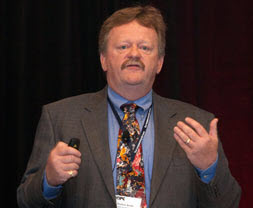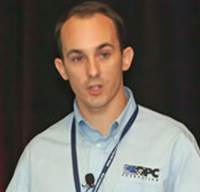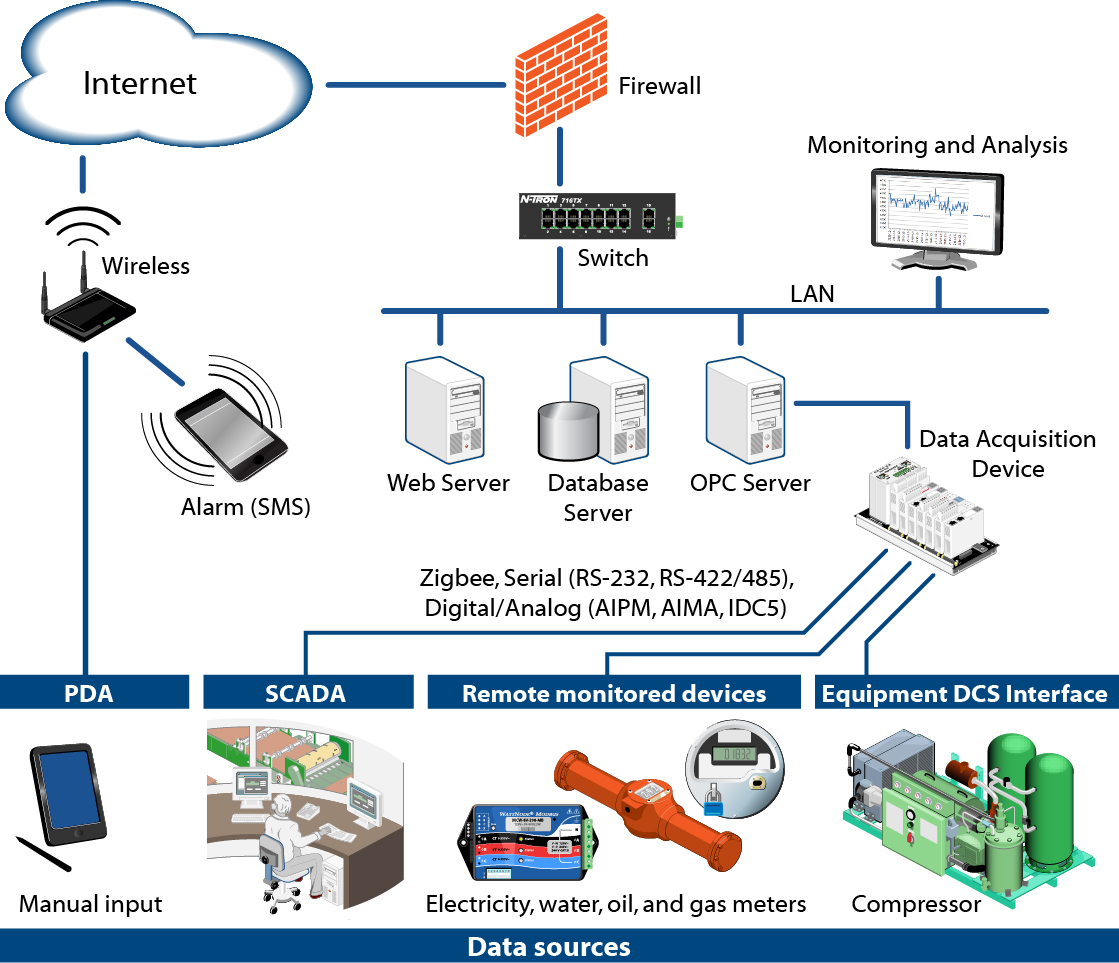The OPC Foundation and BACnet Interest Group Europe Collaboration
By Tom Burke, President and Executive Director of the OPC Foundation
This edition of the OPC Connect newsletter focuses on OPC engagement with building automation.
Since October 2012, we have had an active working group and collaboration between BACnet Interest Group Europe and the OPC Foundation. The fruits of the labor of this working group are about to be released as a companion specification at the end of this year.
This issue begins to highlight some of the success stories that we already have from our OPC vendors deploying products that solve critical integration opportunities between industrial automation and building automation.









